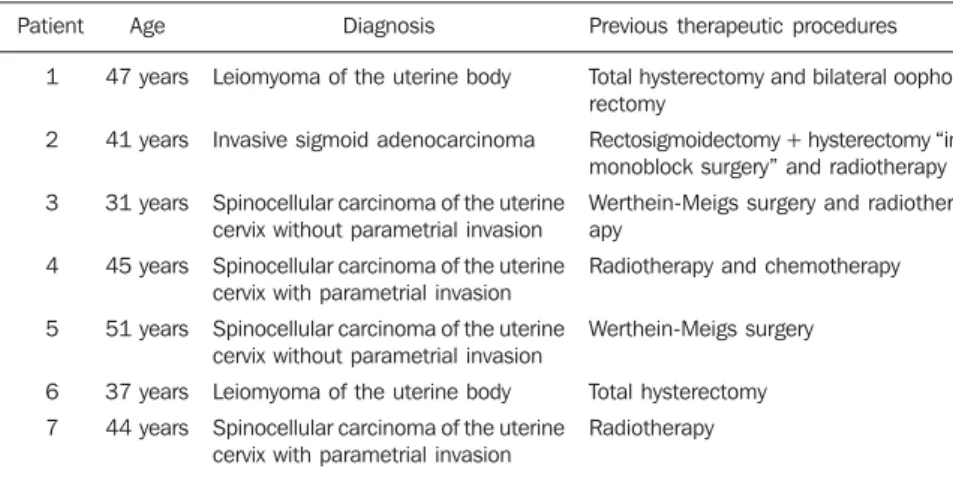Radiol Bras vol.41 número1
Texto
Imagem



Documentos relacionados
radiological characteristics of primary and secondary CNS lym- phomas at conventional magnetic resonance imaging as well as in the advanced imaging studies such as proton magnetic
The authors report the case of a 45-year-old patient and describe the findings at structural magnetic resonance imaging and at advanced sequences, correlating them
Technological developments in imaging, such as elastography, magnetic resonance imaging-guided biopsy, magnetic resonance imaging-ultrasonography fusion, can revolutionize the
The role of diffusion magnetic resonance imaging in Par - kinson’s disease and in the differential diagnosis with
The role of diffusion magnetic resonance imaging in Par- kinson’s disease and in the differential diagnosis with
The authors presented their pioneering work emphasizing that after appropriate validation this new magnetic resonance imaging (MRI) and MRI / magnetic resonance spectroscopic
For the diagnosis, it is necessary to use imaging methods during the investigation, especially computed tomography and magnetic resonance imaging, both with emphasis on
Objectives: To evaluate the use of magnetic resonance imaging in patients with β -thalassemia and to compare T2* magnetic resonance imaging results with